UTRGV Food Pantry mobilizes for Hunger Action Month
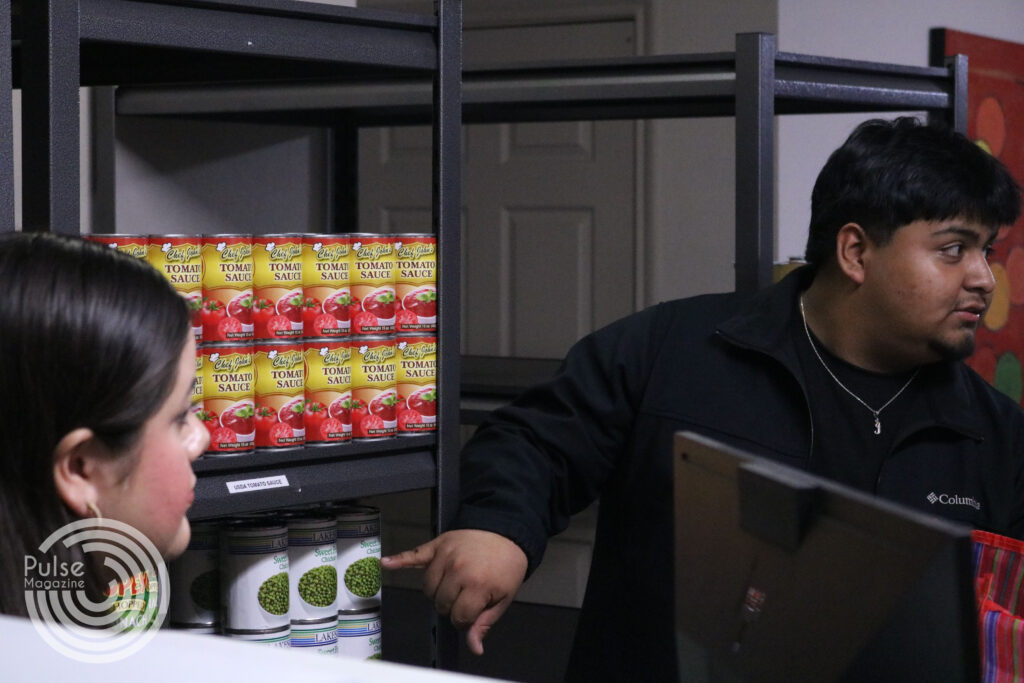
Sam Allen/Pulse
For some Vaqueros, the UTRGV Food Pantry is just another perk of student life. For others, it is the difference between a meal and sitting through class on an empty stomach.
Every September, food banks across the country mark National Hunger Action Month with calls for awareness and annual food drives.
In Hidalgo, Cameron and Willacy Counties, two in ten families are food insecure. In Starr County it is closer to three in ten, according to Feeding America. More than half of all RGV neighborhoods are considered food deserts, or places where access to fresh produce is miles away.
Now, $1 Billion in federal cuts to welfare and programs funding food banks make the fight against hunger even harder.

Sam Allen/Pulse
Omar Rodriguez, director of the Grants & Government Relations at the Food Bank of the Rio Grande Valley (FBRGV) said it is challenging when more people come into the food bank and there is less food available.
“You’re looking at a perfect storm where it’s going to be a huge challenge to make sure that the people are fed here in the Valley and that they’re work ready and school ready,” Rodriguez said.
The impacts of hunger and food insecurity are broad and far reaching.
According to UTRGV Sociology Professor Steven Foy, students struggling with hunger and food insecurity are more likely to experience cognitive difficulties, increased risk for diabetes and cancer and decreased subjective well being.
The Valley’s higher than average poverty rates compounds the issue, according to Foy.
“When you’re in poverty, your food budget constitutes a higher percentage of your expendable income,” he said. “Low income families spend more than one-third of their income on food.”
FBRGV is the main food bank in the Valley. Located in Pharr, the food bank has been fighting against hunger and food insecurity for nearly 40 years.
FBRGV’s partner organizations, such as the UTRGV Food Pantry, are essential to distribution and meeting demand. Without them, FBRGV would likely have 300 to 500 people queuing for food, according to Rodriguez.
“The pantries are doing frontline work,” Rodriguez said. “They ensure that the pantry stays stocked and that we are able to meet that demand so that the students have a better chance at academic success.”
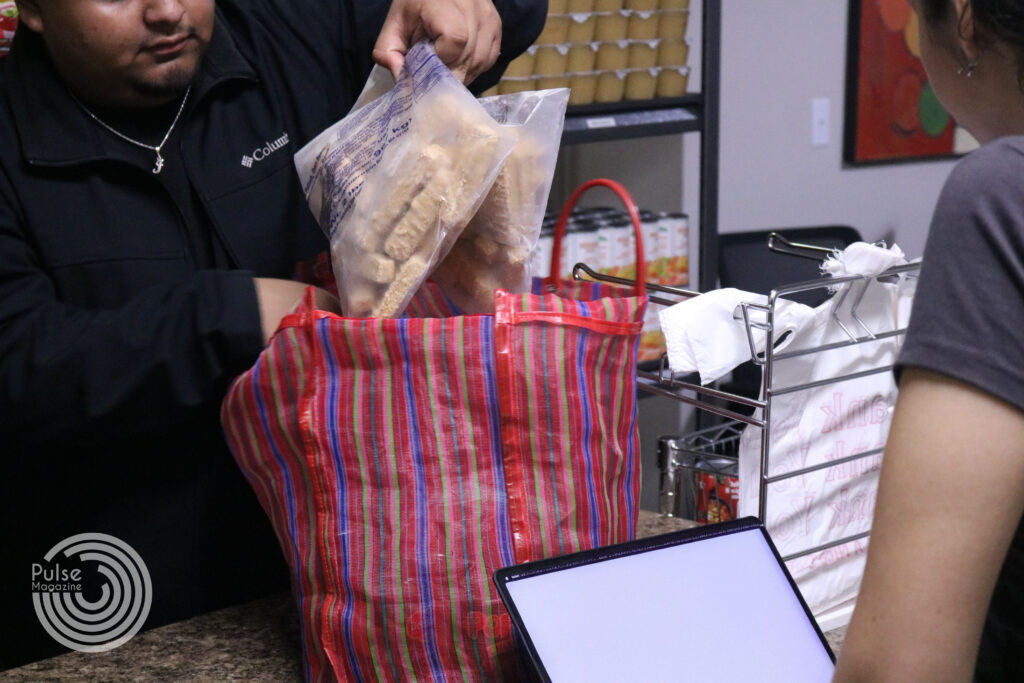
Sam Allen/Pulse
As a partner, FBRGV provides food to the UTRGV Food Pantry at reduced cost. The assistance, in addition to donations, allows the UTRGV Food Pantry to feed around 75 to 100 students a week, according to Jodie Dominguez, program manager for Student Support & Wellbeing at UTRGV .
“We don’t want [students] worrying about where their next meal is going to come from,” Dominguez said.
She added the only requirement to utilize the food pantry is to be a UTRGV student.
As federal cuts squeeze food budgets, UTRGV Food Pantry volunteers such as Mariah Perez, a UTRGV biology senior, said they are feeling the impacts on campus.
“I’ve seen a lot more students coming to the food pantry,” Perez said.
The impacts are also reflected in what foods are on shelves and in fridges. Food items, such as canned and frozen protein, are highly sought but difficult to keep stocked.
Still, for students who experience periods of food insecurity or hunger, any assistance is crucial.
“There’s times where it’s hard to get food or financially have the obligation to get food. It can get expensive. So having some little help helps a lot, and goes a long way,” Jose Ramirez, a UTRGV nursing junior said.
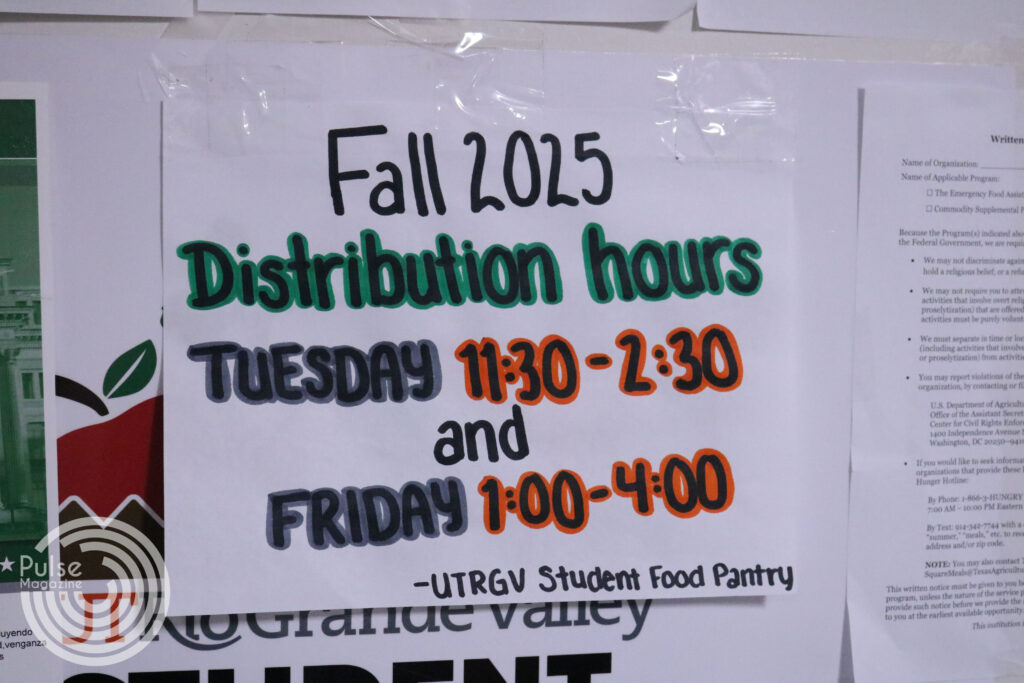
According to Foy, decreased federal assistance puts more pressure on state governments to make up the difference. If states are not inclined to fund food assistance, the brunt falls on food banks and pantries who may be incapable of bridging the gap.
“We are in a high poverty area, so there is a lot of demand on our food banks,” Foy said. “It makes it harder for places that do provide food assistance to provide fresh, locally sourced food because they now have a much smaller budget.”
The loss of funds now has food banks and pantries turning to their communities to keep stocked and handle increased demand.
At UTRGV, the food pantry is planning its third annual food drive which will take place during the last two weeks of September and first week of October.
“We are calling on all campus departments and different colleges across the university to come together and collect as many canned and non-perishable food items as they can, and bring it on over to the food pantry,” Dominguez said.
For more information regarding the UTRGV Food Pantry visit their website.


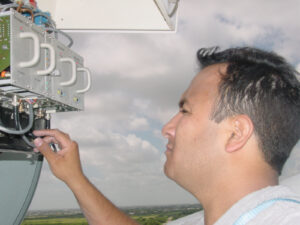



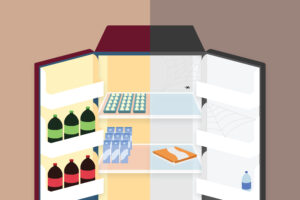
1 thought on “UTRGV Food Pantry mobilizes for Hunger Action Month”